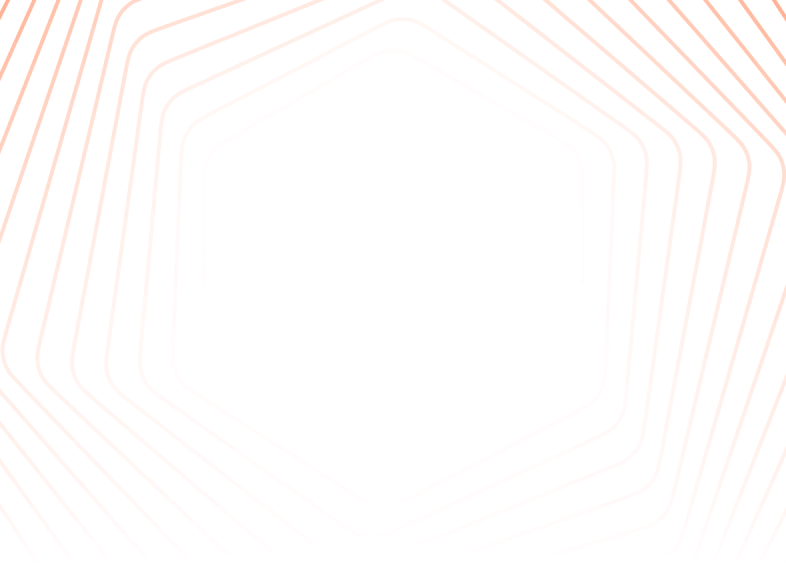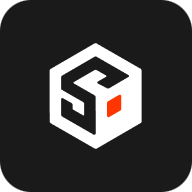

Cardano
ADA

Cardano Timeline


Cardano Token allocation
Cardano BasicReport a Data Error

Cardano Info
Cardano Team
Cardano Intro
Cardano (ADA) is often referred to as the "third-generation blockchain". The first generation, Bitcoin, operates on a proof-of-work model and is primarily used as a store of value. The second generation, Ethereum, introduced smart contracts but faced scalability limitations. Building upon these two, Cardano improves the blockchain architecture and consensus mechanisms to address issues such as scalability, interoperability, and sustainability.
Cardano's unique two-layer architecture separates the ledger of account values from the operations behind them. This structure enhances smart contract flexibility and scalability. The Cardano Settlement Layer (CSL) is used for transferring ADA, Cardano's native cryptocurrency, while the Cardano Computation Layer (CCL) handles smart contract execution, ensuring more efficient transactions.
Cardano also introduced Ouroboros, the first provably secure proof-of-stake (PoS) algorithm. It’s the first blockchain protocol to be based on peer-reviewed academic research, a defining feature that sets Cardano apart from other blockchains.
In June 2023, the SEC filed lawsuits against Binance and Coinbase, alleging that several cryptocurrencies, including ADA, were securities. This classification caused a significant decline in Cardano's market value. Despite the regulatory challenges, Cardano's development continued, focusing on scalability and decentralization.
By May 2024, Cardano successfully launched its Hydra Layer 2 solution, significantly improving transaction throughput and lowering costs by processing transactions off-chain. Hydra helped Cardano handle millions of transactions at low fees, positioning it as a leader in decentralized applications (dApps).
In August 2024, Cardano introduced the Chang Hard Fork, a major upgrade that enhanced the network's governance by allowing ADA holders to participate in on-chain voting through a decentralized governance structure involving a constitutional committee and delegate representatives (DReps).
Above are only for introduction, not intended as investment advice.
Cardano Unlock & AllocationReport a Data Error
Cardano Token allocation
Q&A about Cardano Tokenomics
Explore the tokenomics of Cardano (ADA) and review the project details below.
What is the allocation for Cardano (ADA)?
The distribution of ADA is as follows:
- 1.4% (648,176,761 ADA) was allocated to the Cardano Foundation, Switzerland
- 4.6% (2,074,165,644 ADA) was allocated to EMURGO
- 5.5% (2,463,071,701 ADA) was allocated to IOHK
- 57.6% (25,927,070,538 ADA) was allocated to the public sales
- 30.9% (13,887,515,354 ADA) was allocated to staking rewards
What is the supply schedule for Cardano (ADA)?
Cardano uses a proof-of-stake (PoS) consensus mechanism that allows ADA holders to participate in the block validation process and secure the network. When staking ADA, participants delegate their tokens to a stake pool, which consists of a group of nodes responsible for validating transactions and adding blocks to the blockchain.
For staking, participants are rewarded in the form of additional ADA tokens for their contributions to the network. These rewards are distributed based on the performance of the stake pool and the amount of ADA delegated, which will increase the token amount from the staking rewards part.
You can find the latest information of ADA staking amount and rewards distributed at https://cardanoscan.io/
People also watchReport a Data Error
Cardano Price Live DataReport a Data Error
1. What is Cardano?
Cardano is a decentralized blockchain platform designed to facilitate the development of smart contracts and decentralized applications (DApps) with a strong emphasis on security, scalability, and sustainability. Launched in 2017 by co-founder Charles Hoskinson, Cardano employs a unique proof-of-stake consensus mechanism called Ouroboros, which aims to provide a more energy-efficient alternative to traditional proof-of-work systems. The platform is built on a scientific philosophy and peer-reviewed research, ensuring that its protocols are rigorously tested before implementation. With its native cryptocurrency, ADA, Cardano seeks to empower users and developers alike while promoting financial inclusion and interoperability across different blockchain networks.
2. Which sector does Cardano belong to?
Cardano primarily belongs to the blockchain and cryptocurrency sectors. It's often categorized as a Layer-1 blockchain platform, but its applications extend into multiple sub-sectors and industries due to its versatile functionality, including:
- Decentralized Finance (DeFi): Cardano supports DeFi projects that offer financial services without traditional intermediaries, promoting peer-to-peer transactions. Examples: SundaeSwap, Minswap.
- Smart Contracts and DApps: Cardano's smart contract capabilities allow for the creation of decentralized applications (DApps) across various domains, such as finance, identity verification, and supply chain management.
- Sustainability and Governance: Cardano emphasizes sustainability through its proof-of-stake consensus mechanism and has built-in governance features enabling stakeholders to vote on protocol updates. Examples: Project Catalyst, Cardano Improvement Proposals (CIPs).
3. What sets Cardano apart?
Cardano is a unique cryptocurrency and blockchain platform that distinguishes itself through its scientific approach and focus on sustainability, scalability, and interoperability. Here’s what sets Cardano apart:
- Scientific Philosophy and Peer-Reviewed Research: Cardano is built on a foundation of academic research. Its development is guided by a team of engineers and academics who use peer-reviewed research to inform the platform's design decisions.
- Ouroboros Proof-of-Stake (PoS) Protocol: Cardano uses Ouroboros, a PoS consensus mechanism that is both secure and energy-efficient.
- Layered Architecture: Cardano features a unique dual-layer architecture that separates transaction processing from smart contract execution.
- Focus on Interoperability: Cardano facilitates seamless interaction between different blockchains.
- Governance Model: Its treasury system allows ADA holders to vote on development proposals.
- Emphasis on Scalability: Solutions like Hydra improve throughput without compromising decentralization or security.
- Strong Community and Ecosystem Development: Partnerships drive adoption in finance, education, and agriculture.
4. What is the tokenomics of Cardano?
Cardano is a blockchain platform that aims to provide a secure and scalable infrastructure for decentralized applications. Its native cryptocurrency, ADA, is crucial to its ecosystem.
- Initial Allocation: 25.9 billion ADA were sold in public sales, with additional allocations to IOHK, Emurgo, and the Cardano Foundation.
- Supply Cap: Cardano has a capped maximum supply of 45 billion ADA.
- Staking and Rewards: Validators secure the network via the Ouroboros PoS consensus mechanism.
5. The team and investors of Cardano
Cardano was founded by Charles Hoskinson, with development led by IOHK. The Cardano Foundation and Emurgo support adoption and ecosystem growth.
- Key Figures: Charles Hoskinson, IOHK, Cardano Foundation, and Emurgo.
- Funding: Raised over $62 million through an ICO in 2017.
6. What is the development history of Cardano?
- 2015: Conceptualized by Charles Hoskinson.
- 2017: Mainnet launch with ADA trading on exchanges.
- 2020: Shelley upgrade increased decentralization.
- 2021: Goguen phase introduced smart contracts.
7. What is the progress and future roadmap of Cardano?
- Byron Era: Establishing foundational architecture.
- Shelley Era: Decentralization and staking.
- Goguen Era: Smart contract functionality.
- Future Focus: Interoperability, Hydra scaling, and sustainability.
8. Official links related to Cardano
- Official Site: The official site for comprehensive information about project mission & updates. Visit here.
- IOHK Insights: The technology company behind developments. Explore IOHK.
- Foundation Oversight: An independent body supervising advancements. Foundation Details.
- Emurgo Solutions: A founding entity driving adoption. Learn More at Emurgo.
- Project Catalyst: An innovation framework turning ideas into impactful projects. Catalyst Page.
Sosovalue links related to Cardano
- CoinIndex: Explore Layer 1 Cryptocurrencies
- Market Data: Explore Market Data
- TokenBar: ADA Insights


